Poppy Flower — Facts, Symbolism, And Gardening Tips
Have you ever wondered if the poppy seeds on the bagel you’re eating come from the same poppy flower that produces opium? They actually do, but they have been scrubbed of the milky substance which forms illegal narcotics and therefore are perfectly safe to eat. Don’t be alarmed: The poppy flowers growing in your backyard are a different species! There are 120 varieties of poppies—only one of which you cannot grow in the US. Learn all about poppy flower history, nutrition, folklore, and tips for growing. Read on.
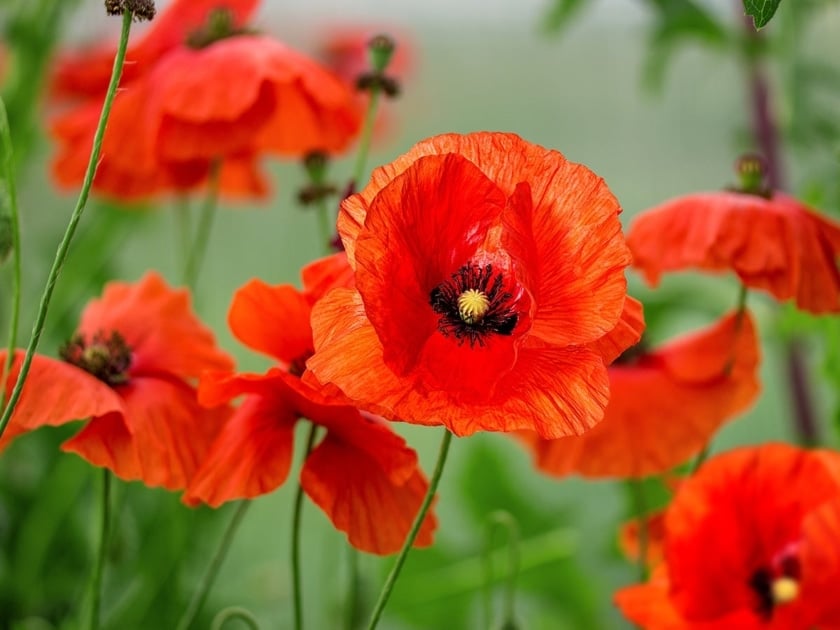
The paper-like blossoms and vibrant colors of the poppy flower have been gracing flowerbeds and fields for centuries. These iconic flowers can get a bad rap for their hand in the opium trade, which is not helped by the everlasting-sleep scene depicted in The Wizard of Oz. But not all poppies are bad! Coming in more than one hundred different varieties and colors, the poppy flower will add a splash to your garden.
Poppy Flower History
The recorded history of the poppy flower dates back to 2700 BC, when it was grown and cultivated in the Mediterranean Basin for its medicinal and recreational use—primarily as a mild sedative. Now found all over the world, its pain-relieving properties are the base source from which morphine and codeine may be extracted.
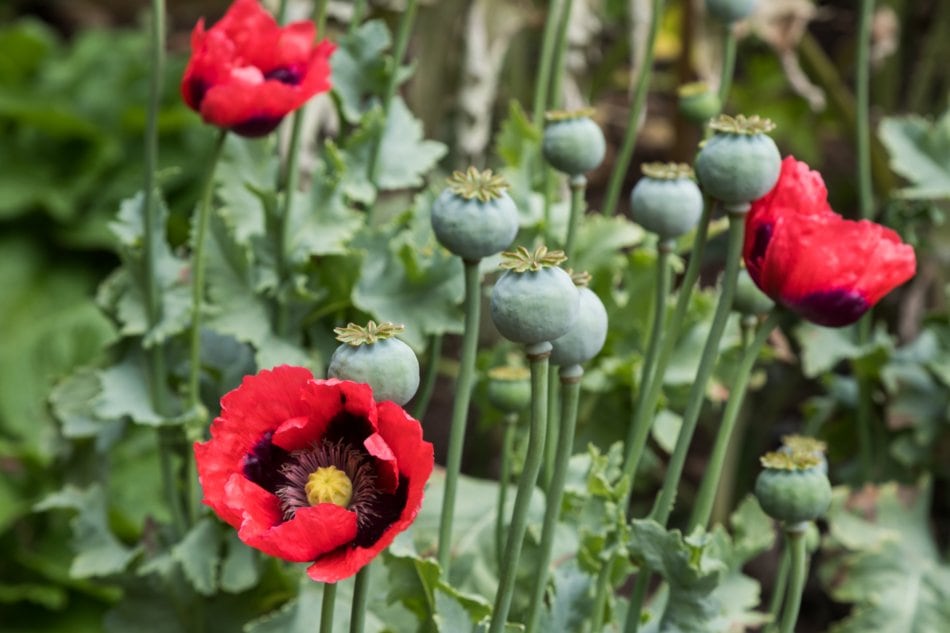
Poppy Flower Mythology
Poppies played a significant role in ancient mythology and medicine. They have been found in Egyptian tombs dating back thousands of years and are believed to have been associated with ancient Egyptian veneration of gods. They were featured in their jewelry and furniture.
Ancient Greeks regarded poppies as a source of fertility, health, and strength. Greek Athletes consumed a mixture of poppy seeds, honey, and wine to improve performance. In Greek mythology, the poppy flower is associated with Morpheus, the god of sleep and dreams. In fact, the drug morphine, which is derived from poppies, is named after the Greek god, Morpheus.
The Greek gods are believed to have given Demeter, goddess of agriculture and harvest, poppies to help her sleep (She was upset because her daughter, Persephone, had been abducted by Hades, god of the underworld.) Subsequently, poppies sprang up from Demeter’s footsteps. Poppies were found at the cave of Hypnos, the god of sleep. Nyx, the goddess of night, and her brother, Hypnos, the god of sleep, are also associated with the poppy flower symbol.
Predating Greek mythology, the Assyrians called the poppy ‘daughter of the fields’ for its association with agriculture and its ability to give nourishment to the soil and grains, a symbol of life, fertility, and death.
Poppy Flower Memorial Day Symbolism
In addition to eternal sleep, the poppy has signified remembrance and hope through history. Today, poppies carry a message of peace with an underlying sentiment of soldier’s sacrifice as they tend to grow on war-torn fields. Following the Napoleonic Wars in the early 19th century and again after WWI, red poppy flowers began popping up around. They were often the first type of vegetation to regrow on the destroyed battlefields, which were rich in lime deposits, due to the rubble. This provided optimal soil for their growth. War veteran John McCrae’s famous poem, “In Flanders Field,” mentions the poppies. Read the poem in the video below:
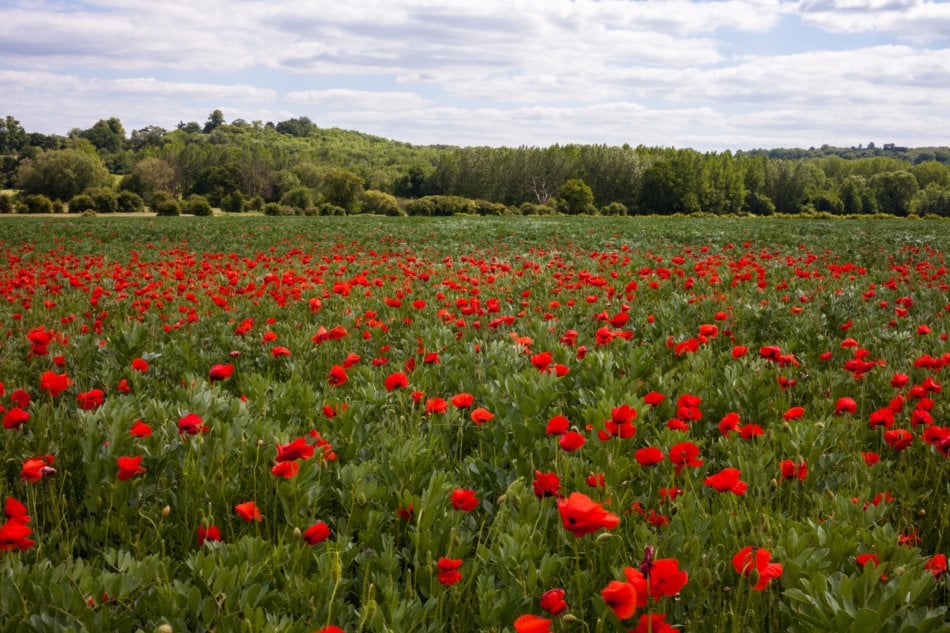
Today, people wear the red poppy every Remembrance/Armistice Day (November 11) in the United Kingdom and Canada and on Memorial Day (May 30) in the United States to honor the fallen soldiers. The species of this particular flower is known as the “red corn” or “common” poppy.
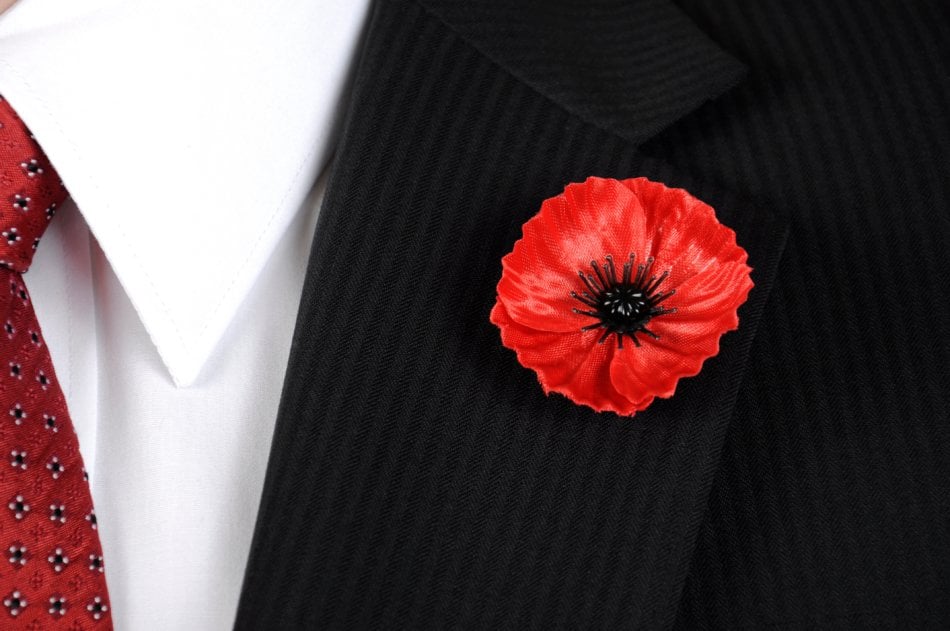
Growing Tips
The poppy flower is an annual (or a short-lived perennial). However its prolific self-seeding abilities give it the perseverance of a wildflower. Its crepe-like blooms look fragile, yet they easily withstand drought conditions, and grow in poor soil.
Growing poppies is an easy task for any amateur gardener. They can be started indoors or sown directly into your garden or planter soil. Starting poppies indoors requires cool temperatures and light to germinate. Start the seeds in a moist seed-starting soil and press gently into the surface, lightly misting to keep the soil moist.
Once sprouted, thin to one seed per cell. When plants have a few leaves, harden off and carefully dig and replant them one foot apart to prevent overcrowding—taking care with the fragile roots. To avoid loosing the tiny seeds while planting, mix them with sand and use a large-holed salt shaker to sprinkle a layer of seeds over your planting area. You can also use nature’s built-in shaker by saving the pods and simply shaking the seeds into your garden.
Poppy flowers love full sun and well-drained soil, requiring little water once they have settled into the ground. Too much water can produce tall and spindly growth. Deadheading spent flowers, by removing blooms, encourages regeneration.
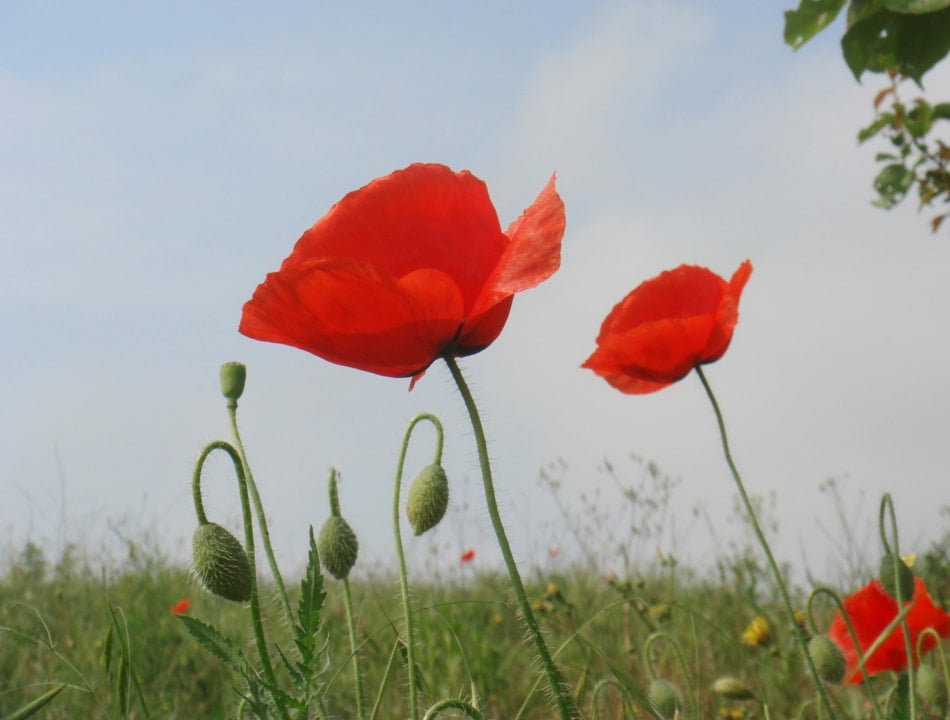
When To Cut Poppies For Bouquets
Poppies lend a beautiful hand in flower arrangements and should be cut at the cracked bud stage, just as the bud is beginning to split open, revealing a sliver of color through the green sepals. Once cut, the flowers will continue to open and can be enjoyed for 5-7 days in a vase. The large, dried pods are commonly used in home décor and are an ornamental favorite of florists.
Harvesting Seeds
Important note: Do not grow or harvest breadseed poppy flowers. We recommend that you choose any other species. After the flower petals have died and dropped off, the pods will dry on the stalk.
Seeds are ready to harvest when the pod is fully dried and hardened and the seeds begin to rattle around inside. Harvesting seeds too early may inhibit germination. However, if you wait too long, the pods will split and scatter their seed to replant new poppy plants the following season.
Clip the dried pods off the stalks and store in an airtight containter until the following season. Once ready to plant, simply snip the ends off and shake the seeds from the pods (like a peppershaker) over well-prepared soil in a sunny location.
Poppy Seed Nutrition And Health Benefits
The small, round, bluish-black poppy seed is rich in fiber, healthy fats, and micronutrients (particularly manganese). They improve digestion, treat asthma and insomnia, and alleviate headaches and coughs. Seeds add a gentle crunch and subtle flavor to many baked goods and dishes: sprinkled on salads and roasted vegetables, topped on bagels, baked into breads and muffins, added to salad dressings, and commonly paired with lemon, creating a popular combination. They may also be pressed into oil, which is commonly used on skin.
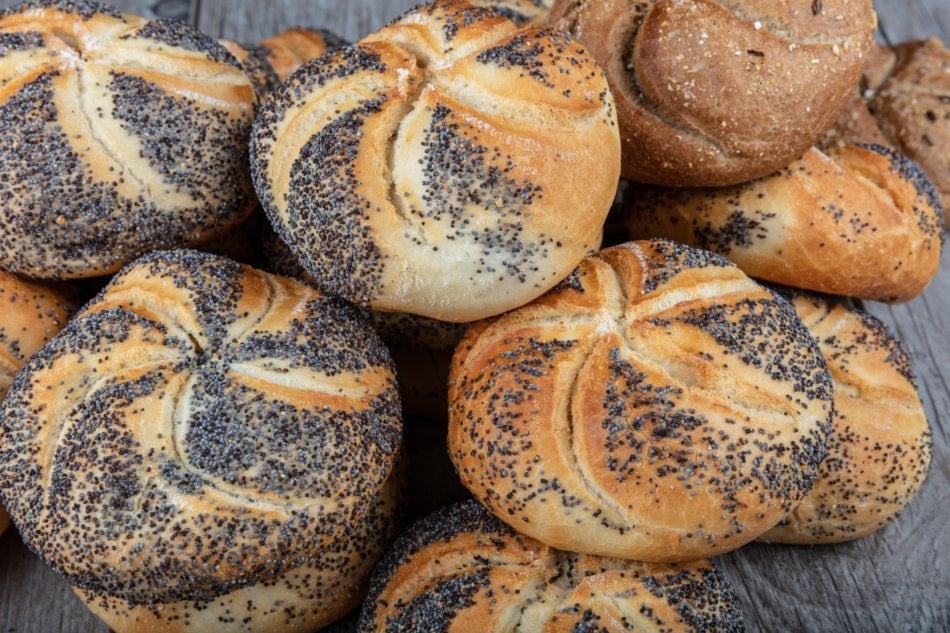
Join The Discussion
What is one thing you loved learning from this article?
Share with your community in the comments below!

Natalie LaVolpe
Natalie LaVolpe is a freelance writer and former special education teacher. She is dedicated to healthy living through body and mind. She currently resides on Long Island, New York, with her husband, children, and dog.



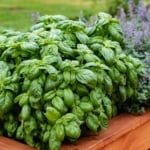
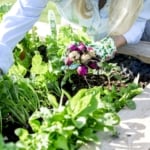

Great article. TY
as a very small child, when we moved into one of our homes on clarendon road in Brooklyn N.Y.., it was Memorial Day weekend. i still remember the tub with legs in front of our home after the bathroom was renovated. it had rained there were crepe poppies, not plastic like the modern ones. The dye from the crepe flowers was “bleeding” red into the water..i was fascinated. My late grandmother told me they were worn to honour “all those who died in our wars”..as the red dye flowed like blood through the water…it has stayed with me all these years…
I remember growing up; my dad would always purchase a poppy from the VFW Soldiers. I remember that being a sign of remembrance and honor. My father was also a Veteran. I purchase a Poppy every Memorial Day; to carry on his tradition of remembrance and honor.
Love the fact about how to harvest poppy seeds for next year, I love harvesting my own seeds
We’re glad to hear this story was helpful for you, Tammy!